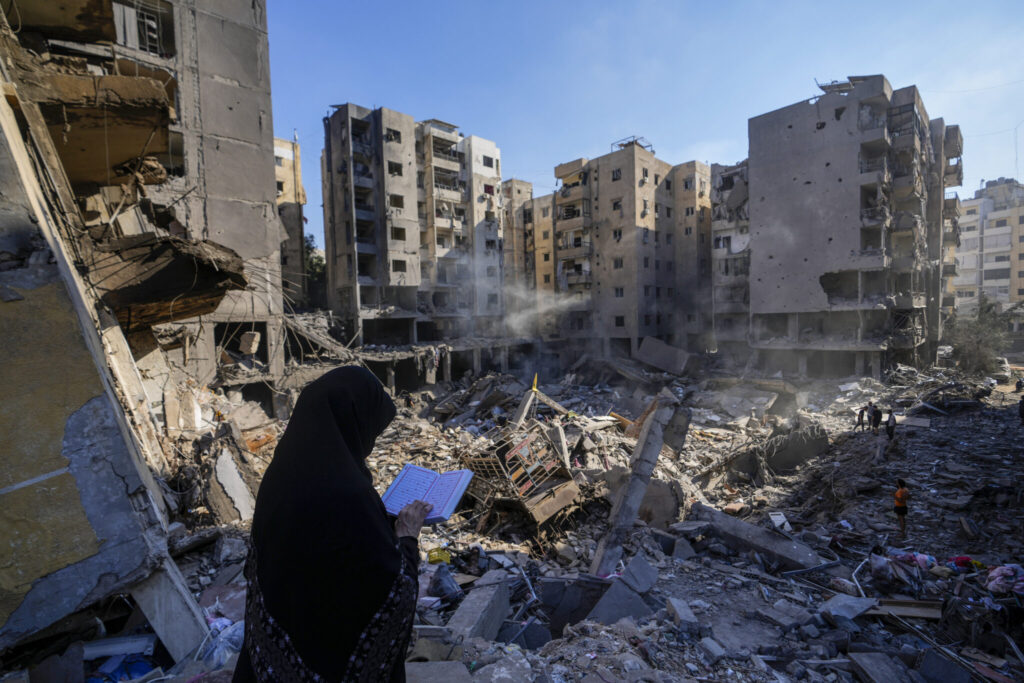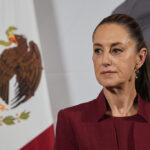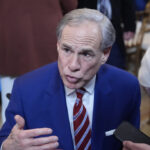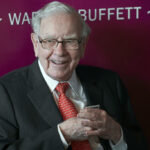Hezbollah leaders killed/ Hezbollah commanders dead/ Nasrallah and top officials killed/ Newslooks/ BEIRUT/ LEBANON/ J. Mansour/ Morning Edition/ Over the past week, Israeli airstrikes in Lebanon have killed seven senior Hezbollah officials, including leader Hassan Nasrallah. These attacks have severely impacted Hezbollah’s command structure as it fights Israel in a rapidly escalating conflict. The deaths include key figures in Hezbollah’s military operations, missile units, and elite forces. With the loss of such prominent leaders, Hezbollah is now left to regroup, with acting leader Naim Kassem and Hashem Safieddine expected to guide the group forward.
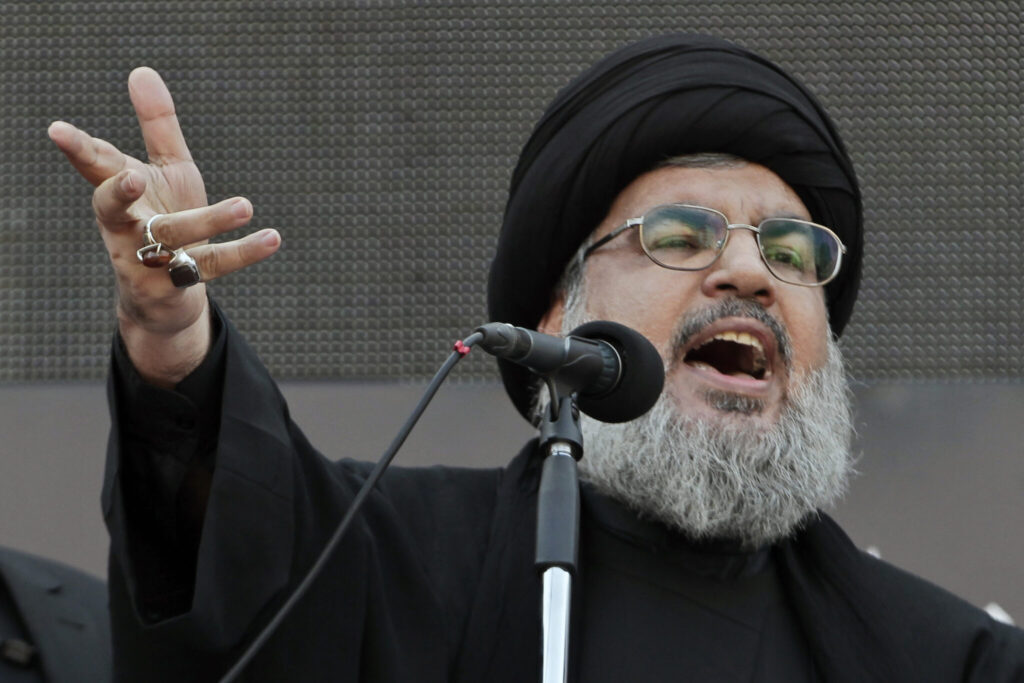
Seven High-Ranking Hezbollah Officials Killed: Quick Looks
- Hassan Nasrallah: The long-time leader of Hezbollah, killed in Israeli airstrikes in southern Beirut.
- Nabil Kaouk: Deputy head of Hezbollah’s Central Council, killed in a strike on Saturday.
- Ibrahim Akil: Leader of Hezbollah’s elite Radwan Forces and a key figure on the U.S. wanted list.
- Ahmad Wehbe: Radwan Forces commander, killed alongside Akil in Beirut.
- Ali Karaki: Head of Hezbollah’s southern front, critical in the conflict with Israel.
- Mohammad Surour: Leader of Hezbollah’s drone unit, instrumental in attacks on Israel.
- Ibrahim Kobeissi: Head of Hezbollah’s missile unit, responsible for significant past operations against Israel.
Hezbollah Suffers Heavy Losses: 7 Commanders Killed in a Week
Deep Look:
In just over a week, Israeli airstrikes have dealt significant blows to Hezbollah, killing seven high-ranking officials, including the group’s influential leader, Hassan Nasrallah. These deaths mark a major escalation in the conflict between Israel and Hezbollah, as the militant group struggles to recover from the loss of some of its most important leaders.
Hassan Nasrallah: Hezbollah’s Long-Time Leader
Hassan Nasrallah had been at the helm of Hezbollah since 1992, leading the group through multiple wars with Israel and expanding its political and military influence throughout the Middle East. Nasrallah helped transform Hezbollah from a local militia into a regional powerhouse, aiding Iran-backed armed groups in Syria, Iraq, and Yemen.
While Nasrallah’s supporters viewed him as a hero for ending Israel’s occupation of southern Lebanon in 2000, his opponents accused him of advancing Tehran’s interests at Lebanon’s expense. Nasrallah’s death in an Israeli airstrike last week leaves a significant void in Hezbollah’s leadership structure.
Nabil Kaouk: Veteran Hezbollah Commander
Nabil Kaouk, a long-time member of Hezbollah and deputy head of its Central Council, was killed in an airstrike on Saturday. Kaouk had served as Hezbollah’s military commander in southern Lebanon from 1995 to 2010, overseeing key operations against Israeli forces. He was also considered a potential successor to Nasrallah before his death.
Ibrahim Akil: Leader of Hezbollah’s Elite Forces
Ibrahim Akil was a top Hezbollah commander and leader of the elite Radwan Forces, responsible for some of Hezbollah’s most significant military operations. He also served on Hezbollah’s Jihad Council, its highest military body, and had been on the U.S. wanted list for his involvement in the 1983 bombing of the U.S. Embassy in Beirut. Akil was killed in an Israeli airstrike in southern Beirut, alongside fellow Radwan Forces commander Ahmad Wehbe.
Ahmad Wehbe: Key Figure in Radwan Forces
Ahmad Wehbe, another commander of Hezbollah’s elite Radwan Forces, played a crucial role in shaping the unit since its creation nearly two decades ago. He was killed alongside Ibrahim Akil in a strike that destroyed a building in Hezbollah-controlled southern Beirut.
Ali Karaki: Head of Hezbollah’s Southern Front
Ali Karaki led Hezbollah’s southern front, playing a critical role in the ongoing conflict with Israel. Little is known about Karaki outside Hezbollah’s inner circle, but his importance to the group was underscored by his involvement in military operations along the Lebanon-Israel border. He was killed alongside Nasrallah in the same airstrike.
Mohammad Surour: Leader of Hezbollah’s Drone Unit
Mohammad Surour headed Hezbollah’s drone unit, which had been a crucial element of the group’s strategy in the current conflict with Israel. Under Surour’s command, Hezbollah deployed explosive and reconnaissance drones deep into Israeli territory, targeting critical infrastructure and breaching Israel’s defense systems. Surour’s death represents a significant loss for Hezbollah’s growing drone capabilities.
Ibrahim Kobeissi: Hezbollah’s Missile Chief
Ibrahim Kobeissi led Hezbollah’s missile unit and was a key architect of the group’s missile strategy against Israel. Israeli military sources claim that Kobeissi was behind the 2000 kidnapping and murder of three Israeli soldiers, whose bodies were returned in a 2004 prisoner swap. Kobeissi’s death is another blow to Hezbollah’s military leadership.
Who Is Left?
With the deaths of these top officials, Hezbollah’s leadership is now under the command of acting leader Naim Kassem. A founding member of Hezbollah and its deputy leader since 1991, Kassem has long been a key figure in the group’s political and military operations. Kassem is expected to guide Hezbollah through this critical period, but the pressure is mounting for the group to fill the leadership vacuum left by Nasrallah’s death.
Another key figure likely to assume a greater role is Hashem Safieddine, who heads Hezbollah’s Central Council and is seen as the most probable successor to Nasrallah. Safieddine, a cousin of Nasrallah, has strong ties to Iran’s leadership and is married to the daughter of Iranian General Qassem Soleimani, who was killed in a U.S. drone strike in 2020.
Two other senior commanders, Talal Hamieh and Abu Ali Reda, remain alive and are believed to be targets for Israeli forces. Both are considered critical to Hezbollah’s ongoing military operations and have been identified as future leaders within the organization.
Future of Hezbollah
Hezbollah now faces a critical juncture as it attempts to recover from the loss of its top leadership. The group’s ability to regroup and continue its operations against Israel will be crucial in determining the outcome of the ongoing conflict. With its leadership under intense pressure and its capabilities degraded by Israeli strikes, Hezbollah must navigate a difficult path forward, balancing its military objectives with its political role in Lebanon and the broader Middle East.

